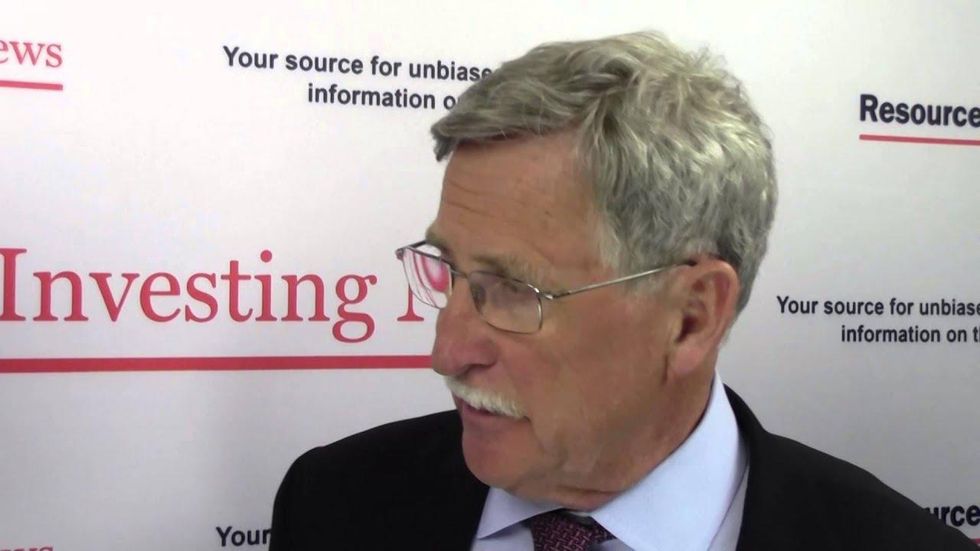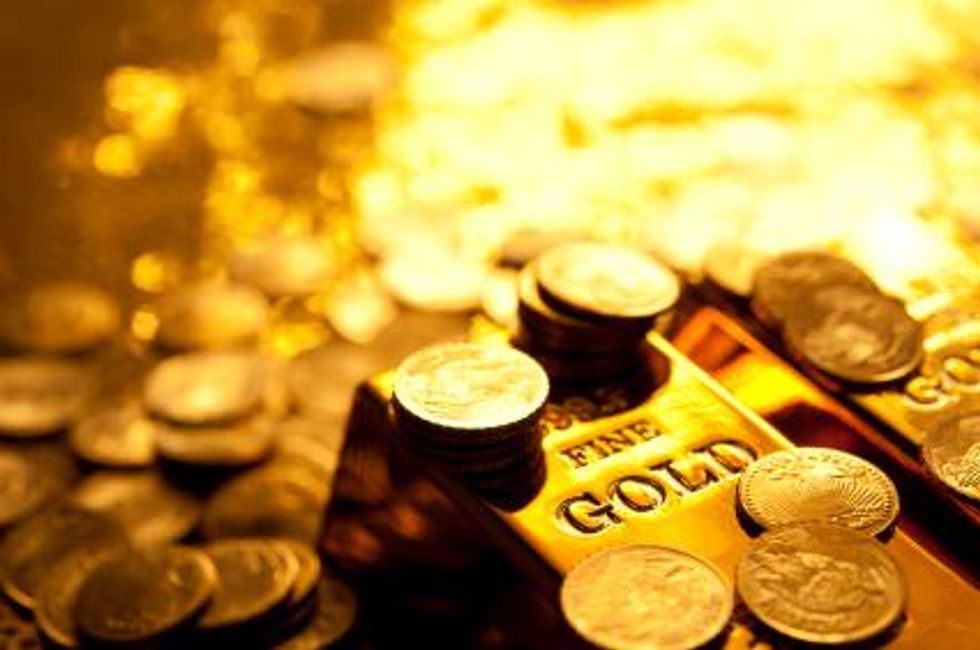The Conversation (0)
Martin Murenbeeld: Gold Price to Average $1,255 in 2015
Oct. 04, 2015 04:05AM PST
Precious Metals InvestingAt PDAC the economist laid out five bearish factors for gold in 2015, as well as seven bullish factors. He ended by giving price predictions for a number of different scenarios. Here’s a brief overview of what he had to say.
This article was originally published on Gold Investing News on March 6, 2015.
PDAC just came to a close, and for many attendees, the big question was: what’s next for the gold price?
Martin Murenbeeld, chief economist at Dundee Capital Markets, is just one speaker who took a stab at answering that question, but it’s safe to say that he probably did the most thorough job addressing it. As Murenbeeld explained, he’s a two-handed economist, which means that although he’s “a little bit biased to the gold side,” he looks at factors that argue both for and against the gold price going up.
In a Monday presentation, the economist laid out five bearish factors for gold in 2015, as well as seven bullish factors, ending by giving price predictions for a number of different scenarios. Here’s a brief overview of what he had to say.
Bearish factors for gold
- Fed tightening monetary policy — Murenbeeld was succinct on this point, noting, “the Fed’s going to tighten. We know that.”
- Firm US dollar — There is “very little doubt among analysts and gold observers that the dollar and gold tend to move inversely,” said Murenbeeld, though he admitted that’s not always the case. At the moment, however, that is what’s happening, and “that weighs on gold as well.”
- Sluggish world economy — Using a chart, Murenbeeld explained that real commodities prices tend to go negative whenever world growth is below 4 percent. Though we’re at the point where he’s interested in looking at the resource sector from an investment point of view once again, “we’re still below 4 percent. So that’s a major headwind.” Hardship selling is also an issue when the world economy is not thriving.
- S&P 500 (INDEXSP:.INX) competing with gold — Looking back at 2013, Murenbeeld said that the people who sold gold at that time have since indicated that they did so because gold wasn’t going anywhere, not because they didn’t like the story behind it. With the S&P “shooting up,” they had to do what was best for their clients — and that meant moving out of gold and into the S&P. “We’ve seen some of the most negative correlations we’ve ever seen with respect to gold and the S&P. That’s continuing,” he said.
- Substantial ETF tonnage — “We still have an awful lot of tonnage that is sitting there in ETFs,” noted Murenbeeld. And while he doesn’t think it’s going to be sold, he believes it’s something to keep an eye on.
Bullish factors for gold
- Expanded Asian physical demand — Murenbeeld said “there will be more gold activity in China,” while in terms of India setbacks caused by the country’s import restrictions may begin to improve.
- Central banks buying gold — Central banks were big buyers of gold in 2014, and according to Murenbeeld, that’s set to continue this year, though Russia is likely to pull back a bit. Currently demand from central banks is “running at around 120, 125 tonnes a year.”
- Worsening global debt crisis — The global debt crisis is “a long-running thing, and it will worsen,” said Murenbeeld, adding that a key point is that policy will be kept “very loose.”
- Overvalued US dollar — “The US dollar is overvalued, and we are going to see at some point a major correction. It will probably be politically driven,” Murenbeeld said on this point.
- Increased geopolitical/financial crises — Geopolitical and financial crises may be the defining issues of 2015, Murenbeeld noted. Mentioning Greece and Ukraine, he said, “we’re going to see this ongoing. This is getting worse in my opinion, not better. So we’re going to get more shocks this year.”
- ETF demand — Investors are buying gold ETFs again, and Murenbeeld said “it looks as if the market wants to come back a bit to the gold side.”
- Commodity cycle — Explaining this tricky concept, Murenbeeld reminded his audience that the resource space is cyclical, and the shortest cycle in the copper price was 16 years. “If the copper price is now finished, if that cycle is complete, this upcycle that we’re in, it will be the shortest cycle in the copper price in the history of the copper price.” He concluded, “we are in a very long-run commodities cycle. We’re only just now going through the first serious mid-cycle correction in this long cycle for gold.”
The upshot
Murenbeeld ended his presentation by outlining three gold price scenarios: one bearish, one middle of the road and one bullish. The first points to a 2015 average gold price of $1,080, the second outlines $1,240 and the third comes in at $1,355. The weighted average comes to $1,237, and Murenbeeld noted that he submitted $1,255 as his prediction for the London Bullion Market Association.
For more insight on the gold price from Murenbeeld, watch the video below from January’s Vancouver Resource Investment Conference.
Securities Disclosure: I, Charlotte McLeod, hold no direct investment interest in any company mentioned in this article.
Related reading:
PDAC 2015: Notes from the Floor






